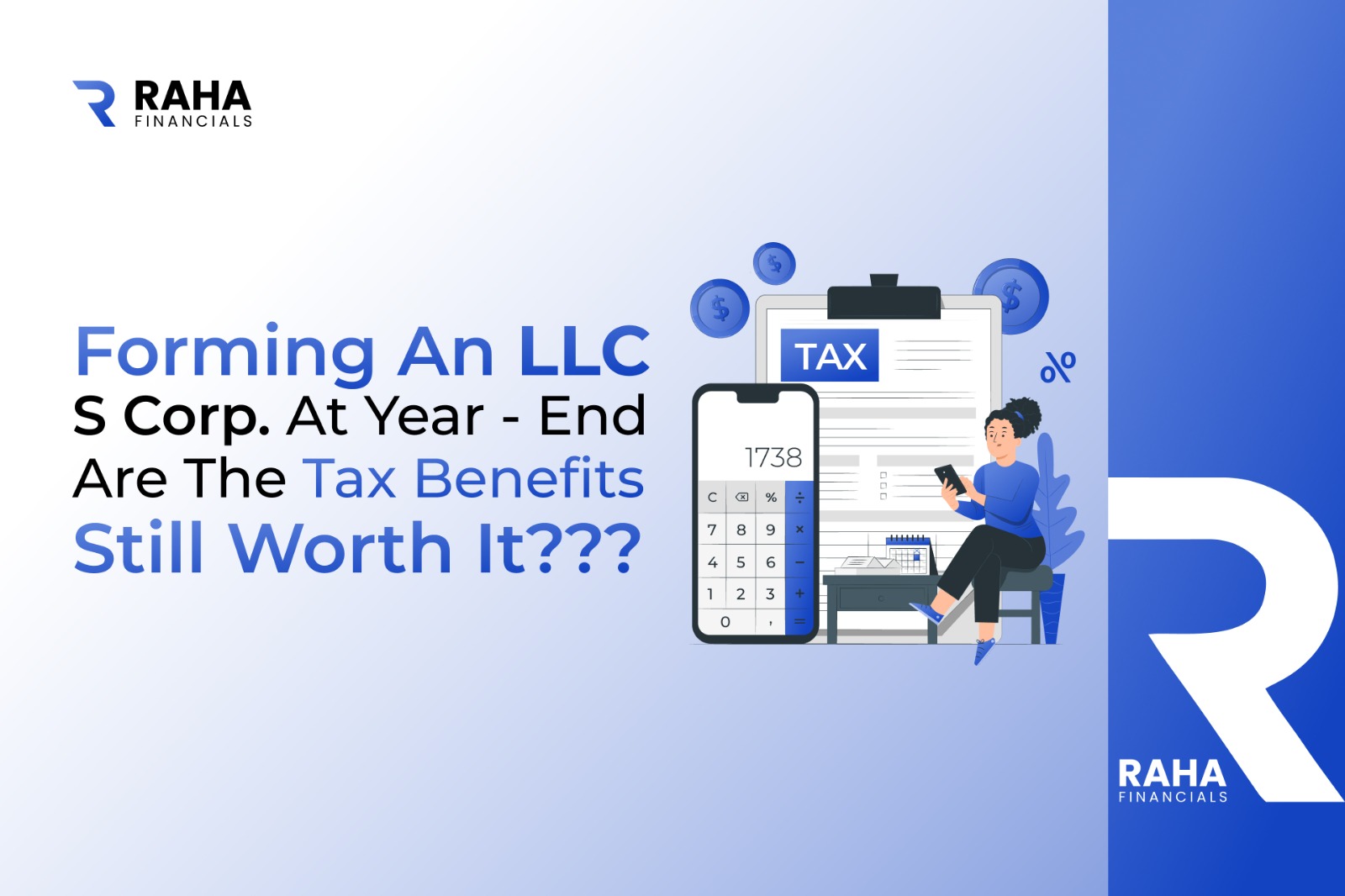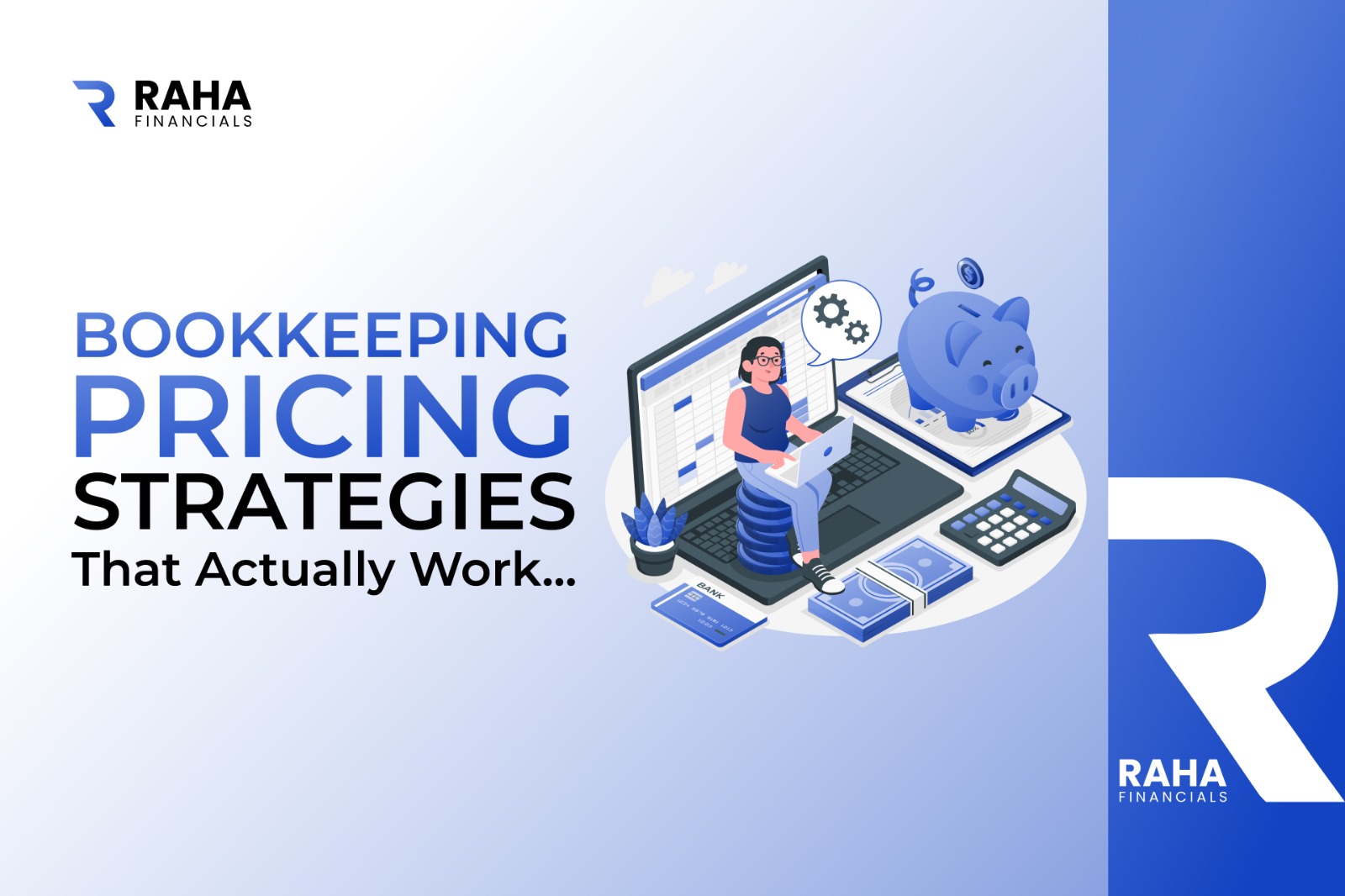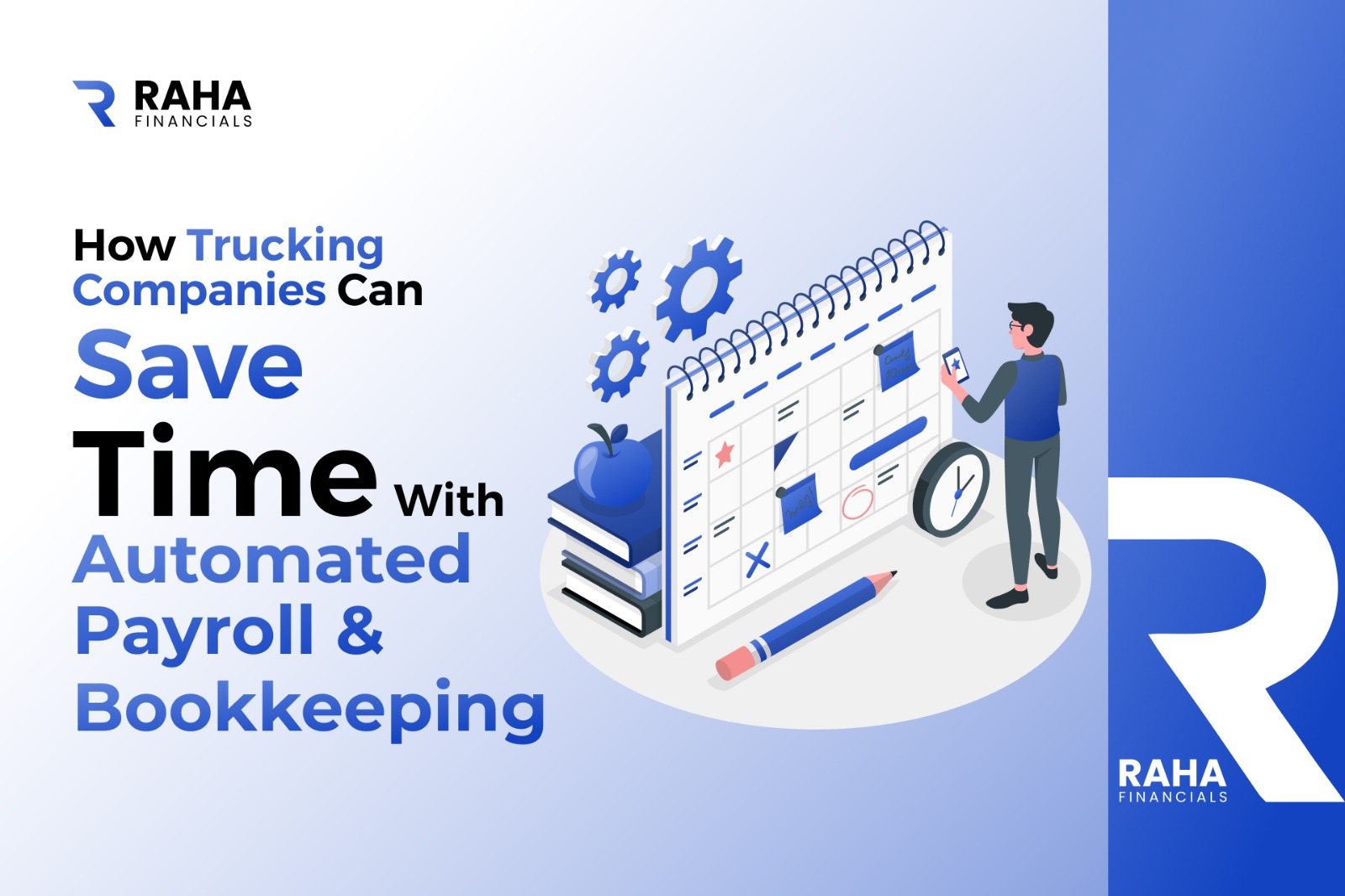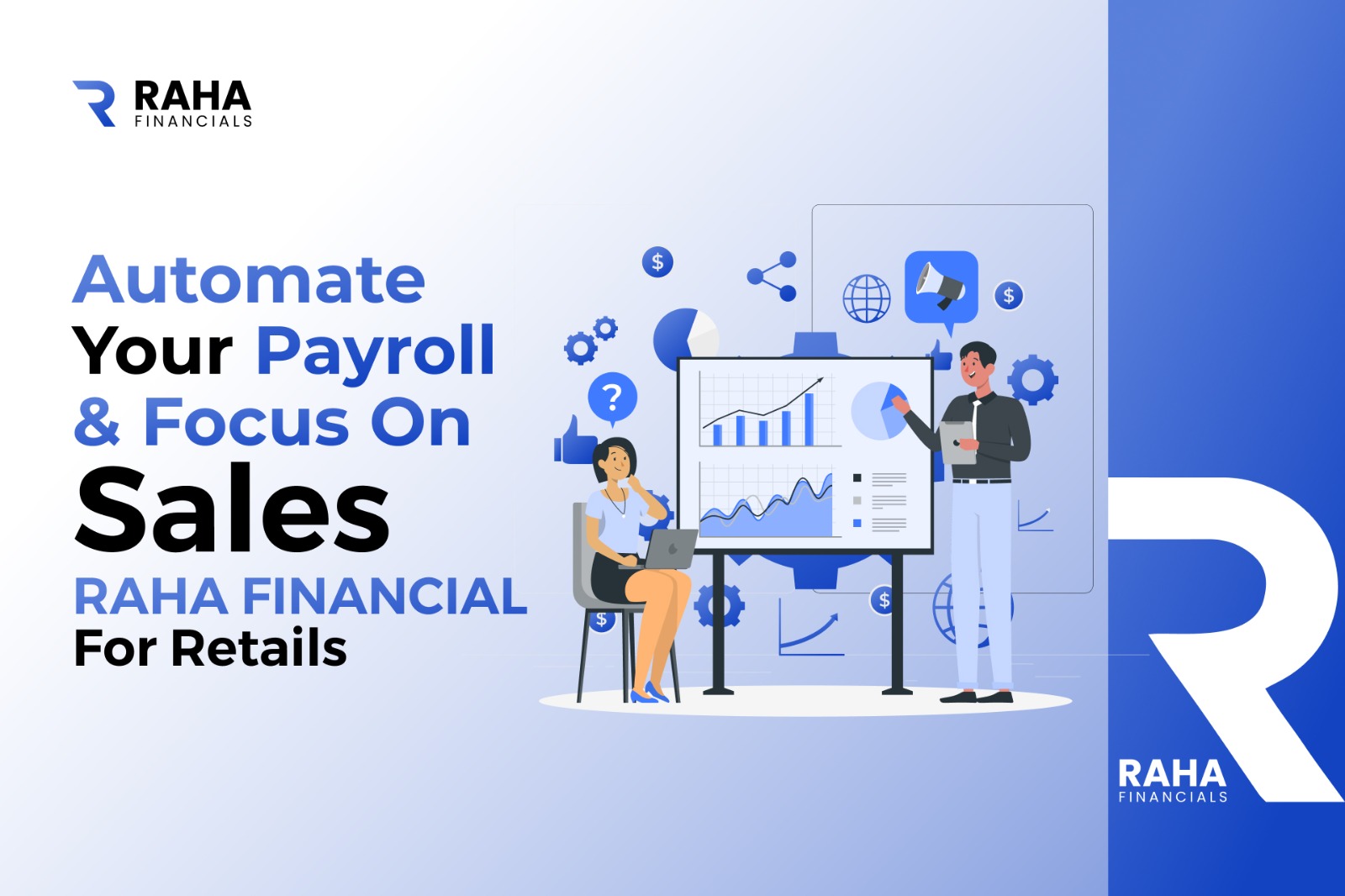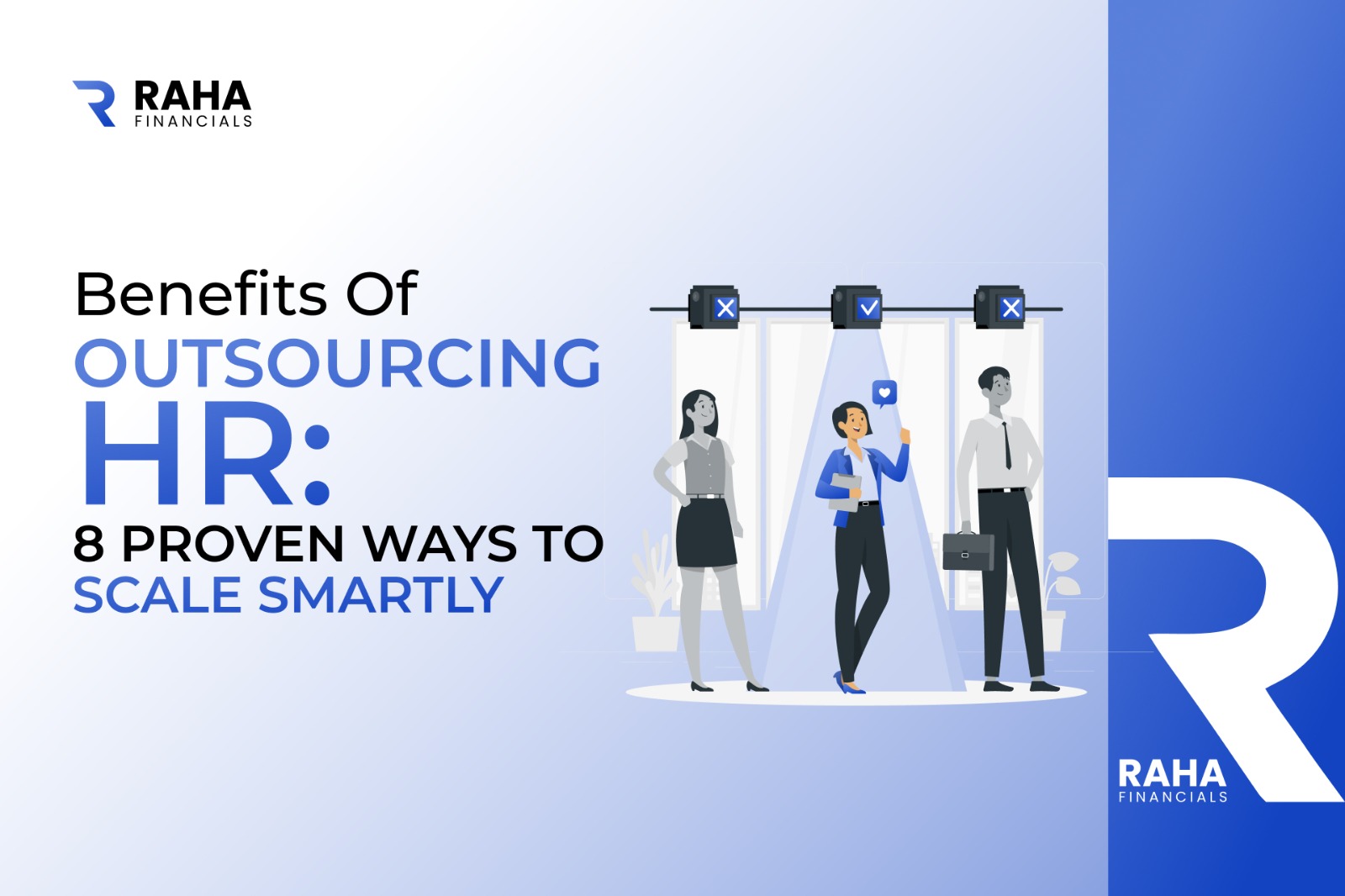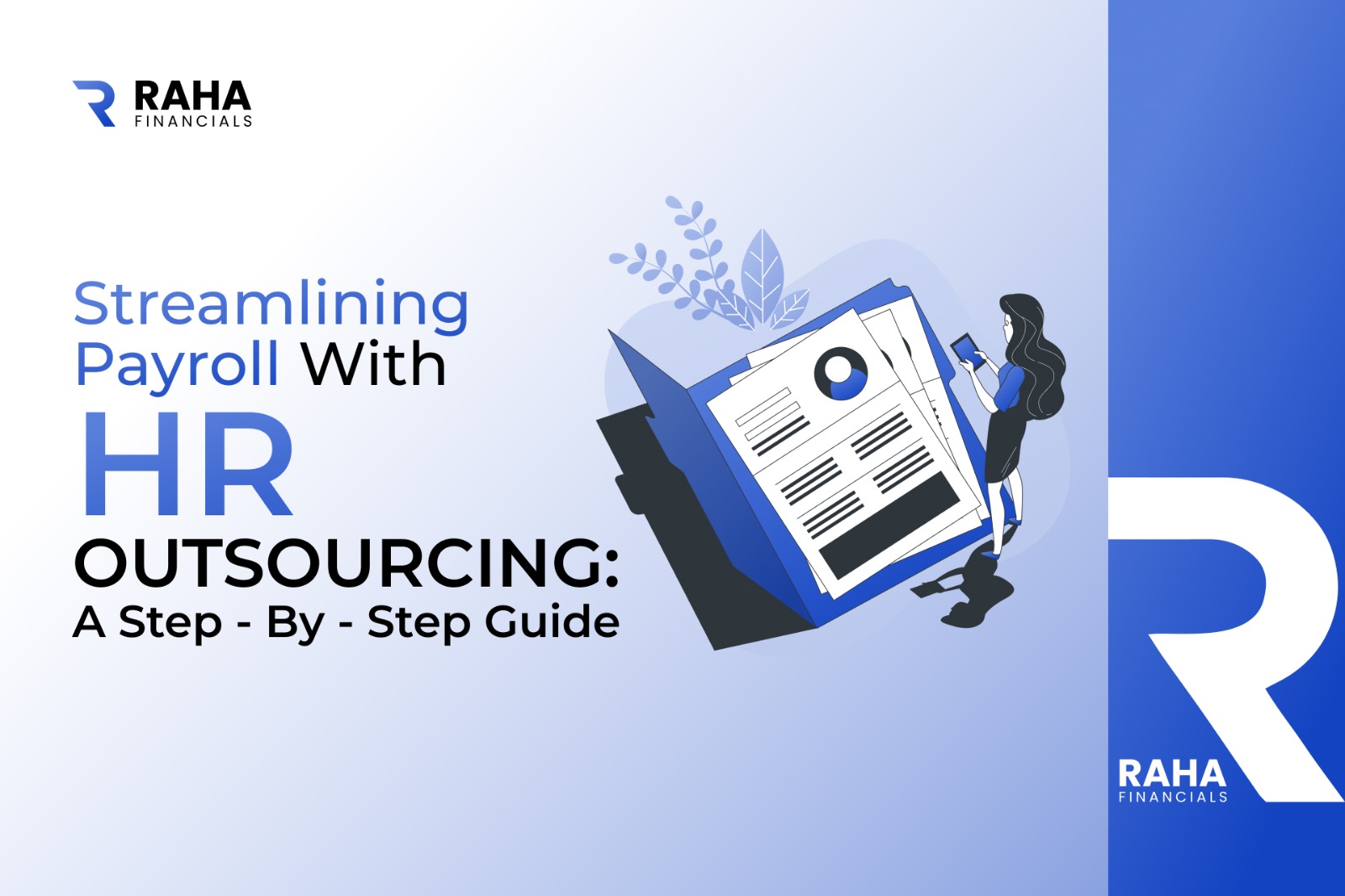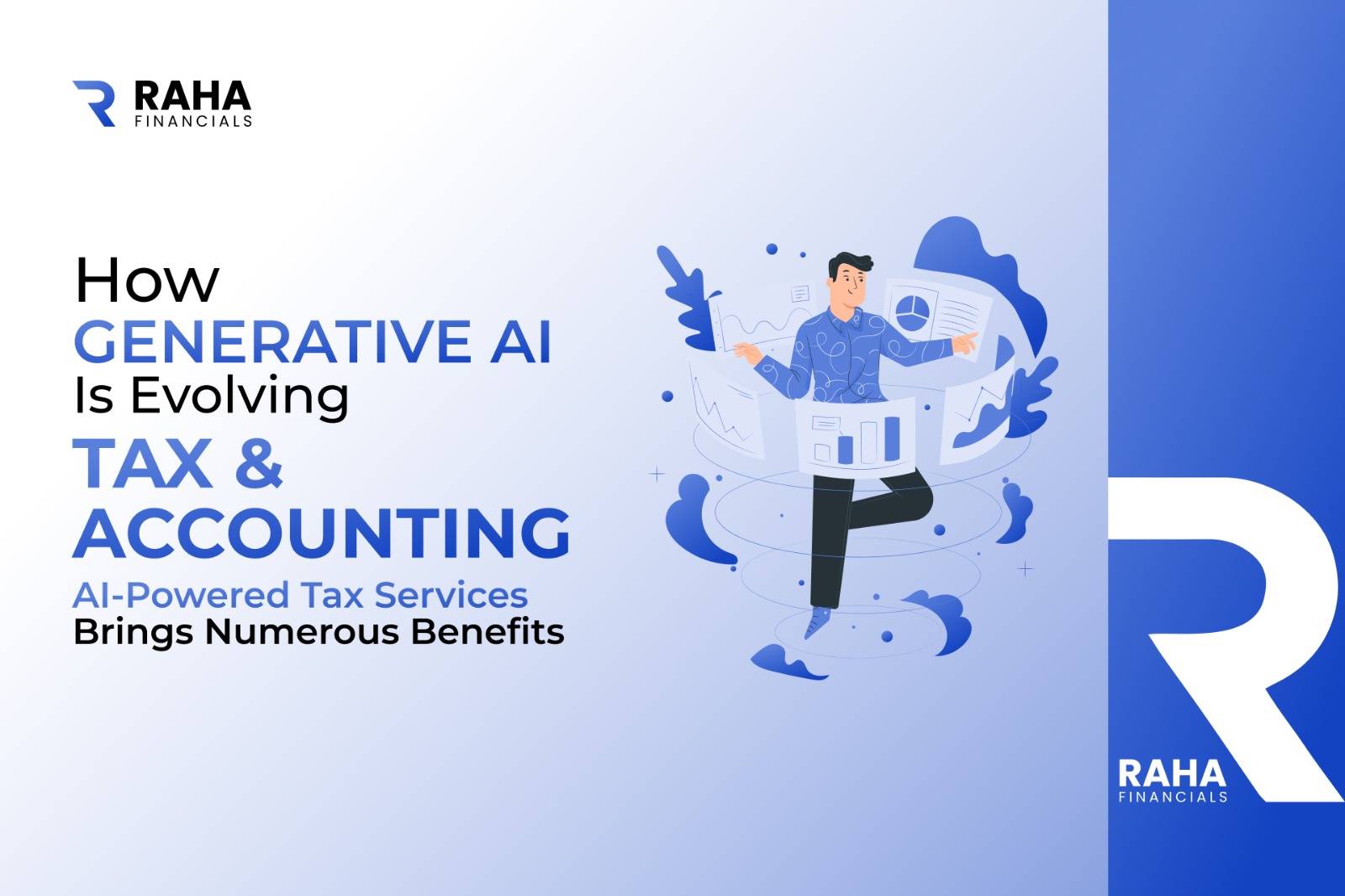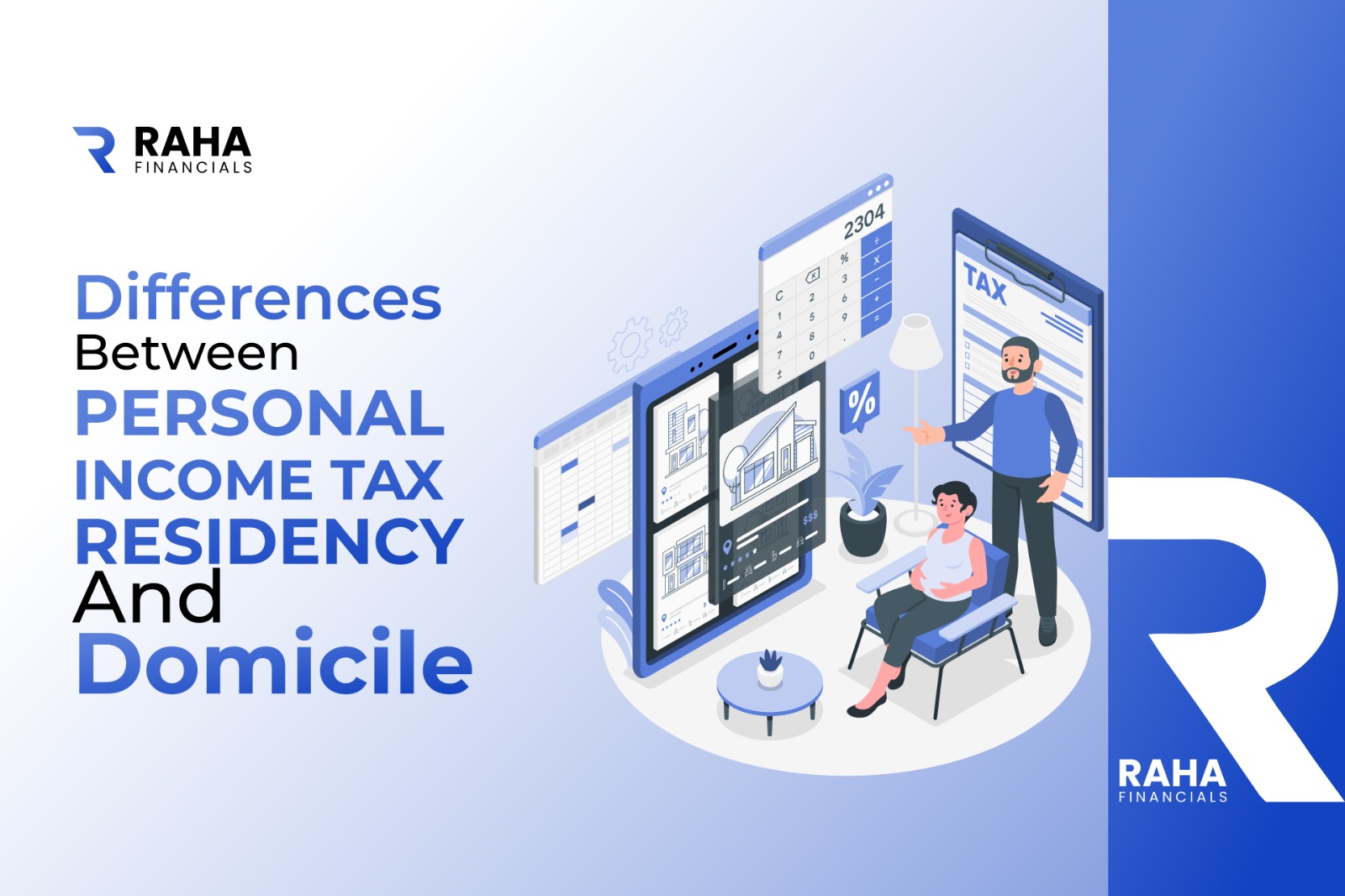Managing payroll in large enterprises is a complex task, often involving a large volume of transactions and compliance with a range of tax laws and regulations. Payroll mistakes in enterprises can result in legal repercussions, employee dissatisfaction, and unnecessary costs. Enterprises, especially those with a large workforce, can easily fall into traps like miscalculating overtime, missing tax deadlines, or failing to manage employee benefits correctly.
In this article, we will discuss the common payroll issues that enterprises face and explore practical solutions on how to avoid payroll mistakes. We’ll also touch on HR tips to reduce payroll errors, best practices for outsourced payroll management, and how to ensure that payroll mistakes don’t interfere with your company’s growth and operations. With a step-by-step approach, you’ll learn how to mitigate risks and improve the overall payroll process in your enterprise.
1. Incorrect Tax Calculations and Late Payroll Tax Filings
One of the most common payroll mistakes enterprises make is incorrect tax calculations. Payroll taxes can be complicated due to the different tax rates at the federal, state, and local levels. There are also various types of deductions, such as Social Security, Medicare, and unemployment taxes, which differ from state to state. When payroll calculations are done incorrectly, the company could end up underpaying or overpaying taxes, which can lead to penalties, interest charges, and even legal consequences.
Late payroll tax filings are another related payroll mistake that often happens due to missed deadlines or a lack of awareness of filing requirements. If an enterprise misses its tax filing deadlines, the IRS may impose fines or penalties that add up quickly, causing unnecessary financial strain on the business.
How to Avoid Payroll Mistakes:
- Implement Automated Payroll Systems: One of the best ways to avoid payroll mistakes in tax calculations is to use automated payroll systems. These systems calculate taxes automatically, ensuring that tax rates are applied correctly. They also generate the appropriate tax forms (like W-2s and 1099s) and file them on time. Automation reduces the risk of human error and can help businesses stay compliant with tax laws.
- Set Up Timely Reminders for Payroll Tax Filings: Payroll tax filing deadlines are crucial, and missing them can result in significant penalties. To avoid this, set up reminders in your payroll system or calendar to alert you well in advance of tax deadlines. This ensures that filings are done on time and helps avoid late payroll tax filings.
- Outsource Payroll to Prevent Costly Mistakes: One of the most effective ways to avoid payroll mistakes related to taxes is to outsource payroll services. By working with a payroll outsourcing company, businesses can rely on experts to handle payroll calculations, tax filings, and ensure that they are always up-to-date on changing tax regulations. Payroll outsourcing to avoid costly mistakes is a strategy that many enterprises employ to mitigate the risk of errors and penalties.
2. Misclassifying Employees
Another significant payroll mistake in large organizations is employee misclassification. Employee classification determines whether an employee is eligible for certain benefits, overtime pay, or other compensation. Enterprises often make the mistake of classifying an employee as an independent contractor when they should be classified as an employee, or vice versa.
Misclassifying employees can lead to severe consequences. For example, failing to correctly classify non-exempt employees (those who should receive overtime pay) as exempt employees (those who are not entitled to overtime pay) can lead to fines and back pay claims. Additionally, incorrect classifications can result in regulatory penalties and missed tax payments.
How to Avoid Payroll Mistakes:
- Review Job Descriptions and Employee Classifications Regularly: Misclassifying employees can be easily avoided by regularly reviewing job descriptions and classification criteria. This ensures that each employee is classified based on their job duties and compensation. The IRS provides clear guidelines to help businesses classify employees correctly.
- Leverage HR and Payroll Integration: HR and payroll integration help reduce classification errors. By ensuring that employee records are consistently updated across both HR and payroll systems, businesses can reduce the risk of misclassifying employees. If an employee’s classification changes, this should be reflected in both systems immediately.
- Seek Expert Guidance: If there is any uncertainty about how to classify employees, it’s essential to seek guidance from a tax professional or legal expert. They can help ensure your company complies with federal and state labor laws.
3. Inaccurate Overtime Calculations
Incorrectly calculating overtime is one of the most common payroll issues that enterprises encounter. This is particularly challenging for businesses that have employees working overtime or irregular hours. Overtime pay must be calculated at 1.5 times an employee’s regular hourly wage, and failure to do so can lead to underpayment and disgruntled employees.
Calculating overtime becomes even more complicated when bonuses, commissions, or other incentives are involved. Enterprises must ensure that the overtime calculation includes all forms of compensation to comply with wage and hour laws.
How to Avoid Payroll Mistakes:
- Automate Overtime Calculations: The best way to avoid errors in overtime calculation is to use automated payroll systems. Many automated payroll systems have built-in features for tracking employee hours and calculating overtime pay automatically. This ensures that overtime is paid accurately and in accordance with labor laws.
- Track Employee Hours Accurately: For enterprises with hourly employees, accurate time tracking is crucial. Use timekeeping software or integrated systems that record every minute worked to ensure proper overtime pay. Manual time-tracking systems are more prone to errors and can lead to costly mistakes.
- Establish Clear Overtime Policies: A well-defined overtime policy can help clarify when overtime applies and how it will be calculated. Be sure to communicate these policies clearly to employees, so they understand the criteria for overtime and the process for reporting hours worked.
4. Missing or Incorrect Employee Benefits Administration
Employee benefits administration is a critical aspect of the payroll process. Benefits such as health insurance, retirement plans, and paid time off (PTO) must be tracked and deducted correctly. Enterprises often make the mistake of failing to keep up with benefits enrollment or miscalculating deductions for benefits, leading to errors and employee dissatisfaction.
For example, if an employee’s health insurance premiums are deducted incorrectly, the company could be liable for the difference, leading to financial loss. Additionally, errors in retirement plan contributions could create compliance issues with regulatory bodies.
How to Avoid Payroll Mistakes:
- Centralized Benefits Administration: By integrating HR and payroll systems, enterprises can centralize the management of employee benefits. This ensures that benefits enrollment, deductions, and contributions are all handled accurately and consistently across payroll.
- Use Benefits Administration Software: Invest in specialized benefits administration software that integrates with payroll systems. This software can automate the tracking of benefits enrollment and deductions, ensure accuracy, and reduce the chances of human error.
- Review Benefits Enrollment Regularly: Periodically reviewing employees’ benefits enrollment is crucial to ensure accuracy. Verify that employees are enrolled in the correct benefits plans, and make sure that deductions are properly applied.
5. Lack of Payroll Audit Preparation
Many enterprises make the mistake of not preparing for payroll audits, which can lead to confusion and penalties. Whether it’s a routine tax audit or an internal review, failing to maintain organized payroll records can create problems. If an enterprise is selected for an audit and cannot provide the necessary documentation, it can lead to fines, back taxes, and reputational damage.
Payroll audits typically look at compliance with tax laws, employee classifications, and overtime calculations, so ensuring that payroll records are up-to-date and well-organized is essential.
How to Avoid Payroll Mistakes:
- Maintain Accurate Records: Keep detailed records of all payroll transactions, including hours worked, wages paid, benefits deductions, and tax filings. These records should be easily accessible in case of an audit.
- Conduct Regular Internal Payroll Audits: Enterprises should conduct payroll audit preparation on a regular basis. By periodically reviewing payroll data and ensuring everything is in order, businesses can catch errors early and avoid issues during external audits.
- Prepare for External Audits: If your business is due for an external payroll audit, make sure all records are organized and up to date. Work closely with your payroll service provider or HR team to ensure all documentation is accurate and compliant with labor laws.
Best Practices for Outsourced Payroll Management
For many enterprises, the solution to minimizing payroll mistakes lies in payroll outsourcing. Outsourcing payroll to experts provides several benefits, including accuracy, efficiency, and compliance. Here are some best practices for outsourced payroll management:
- Choose a Reliable Payroll Provider: When outsourcing payroll, choose a provider with a solid track record of accuracy and reliability. Look for a provider that specializes in enterprise payroll management and has experience handling complex payroll systems.
- Ensure Integration Between HR and Payroll Systems: Ensure that your outsourced payroll provider integrates smoothly with your existing HR and accounting systems. This will help prevent errors and ensure that employee data flows seamlessly between departments.
- Use Payroll Automation: Take advantage of payroll process automation offered by your outsourced payroll provider. Automation reduces the risk of errors, speeds up payroll processing, and ensures that taxes and benefits are calculated correctly.
- Regularly Monitor Payroll Performance: Even when outsourcing payroll, it’s important to monitor performance and ensure that the service provider is meeting your expectations. Regularly check payroll reports and communicate any concerns with your provider to avoid issues down the line.
Conclusion
In conclusion, enterprise payroll errors are common, but they don’t have to derail your business. By implementing the strategies outlined in this article, you can avoid the payroll mistakes that enterprises often make. From ensuring accurate tax calculations and overtime pay to avoiding misclassifications and maintaining accurate employee benefits administration, there are many steps you can take to improve your payroll process.
Outsourcing payroll is an effective way to reduce the risk of errors, improve compliance, and streamline the payroll process. With the right tools, systems, and outsourcing partners, businesses can stay on top of their payroll obligations and avoid costly mistakes that can impact their bottom line.
By following HR tips to reduce payroll errors, preparing for audits, and leveraging automated payroll systems, enterprises can improve their payroll management, reduce mistakes, and ensure they’re always compliant with tax and labor laws. Implementing these best practices for outsourced payroll management will help your enterprise avoid common payroll issues and create a more efficient, accurate payroll system.

